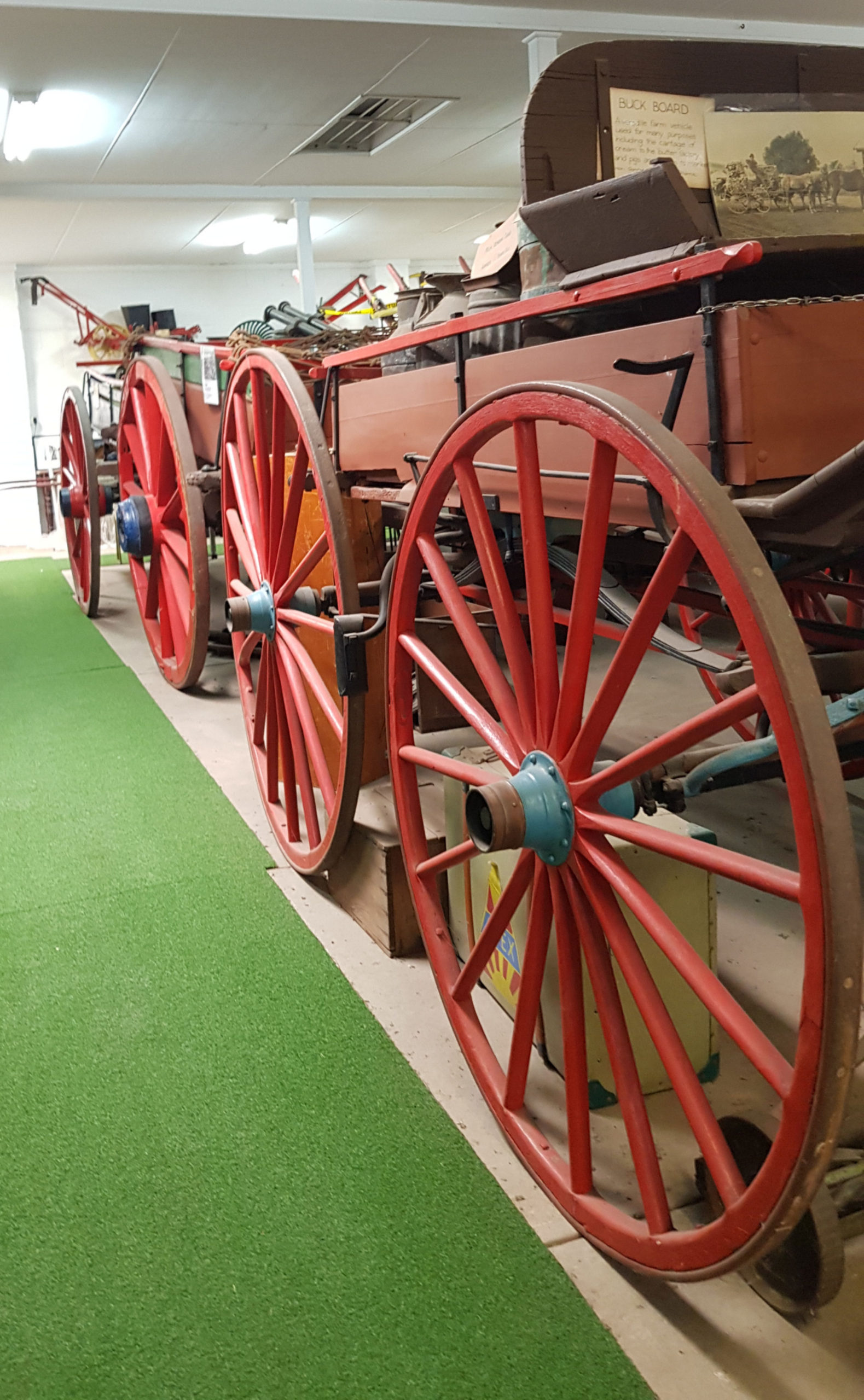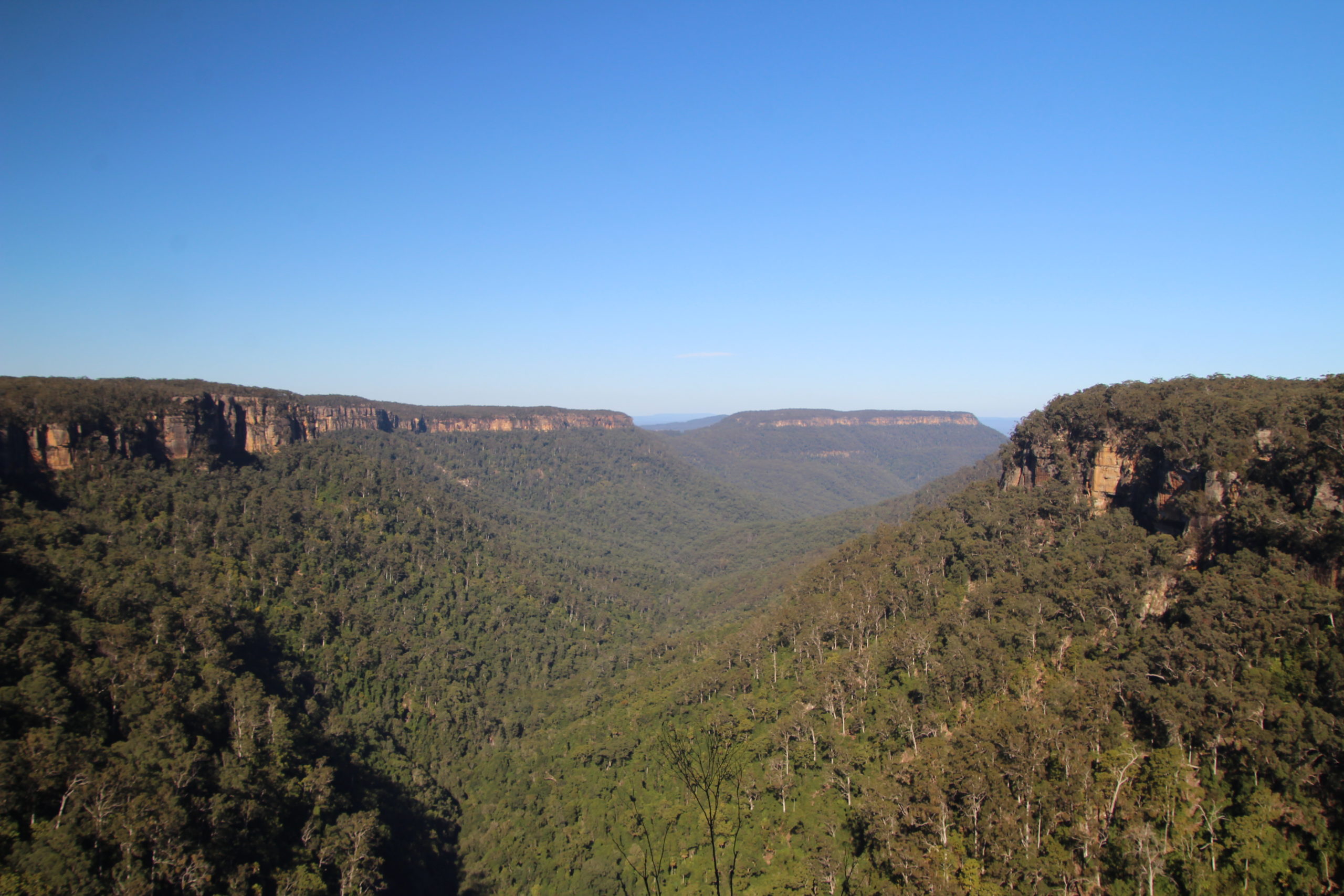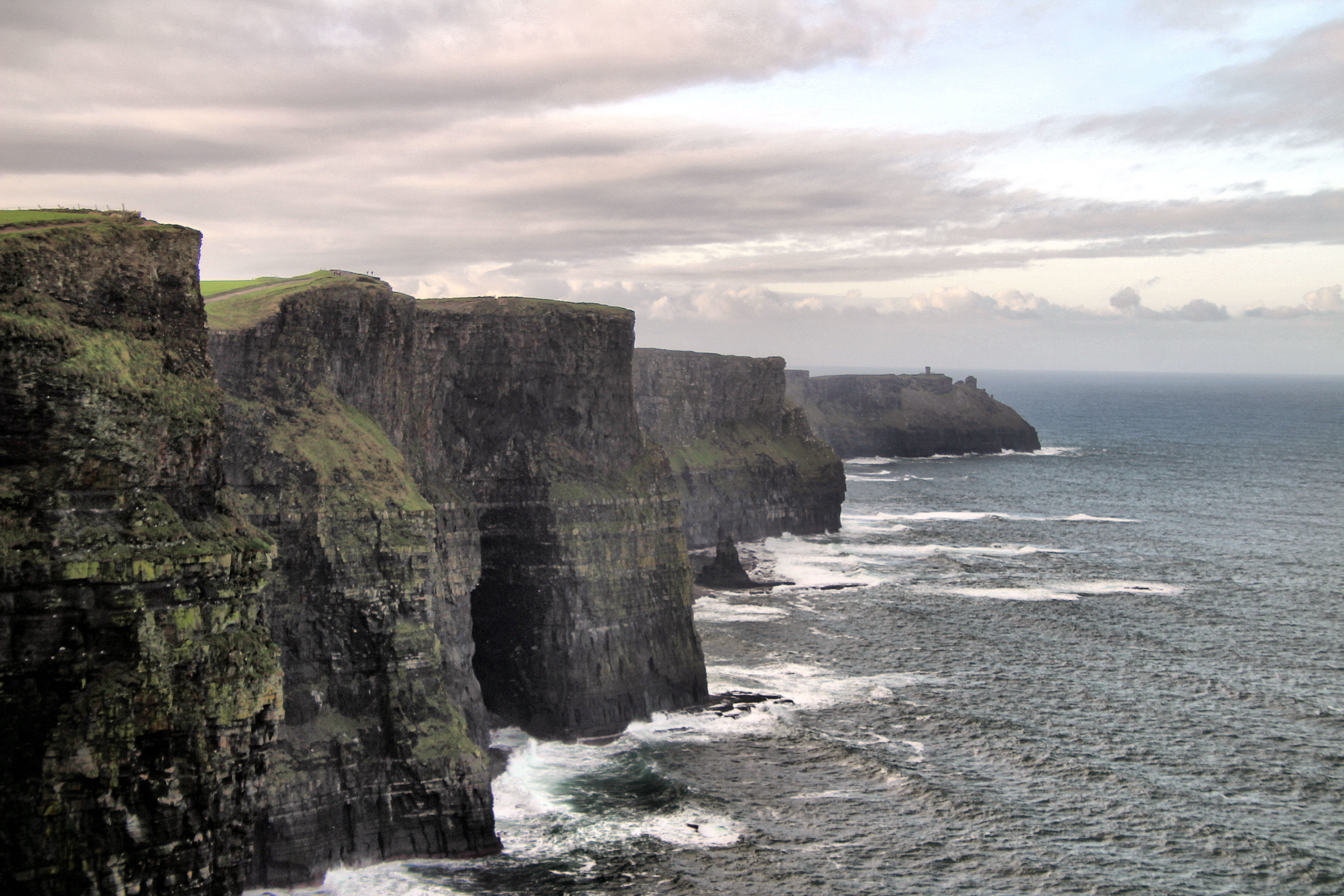Tag: museum
-
Singleton Museum New South Wales

Singleton Museum Information from the Singleton Historical & Museum Guide. The museum is undergoing renovations. Located in Burdekin Park, the Singleton Museum houses an amazing collection of local artefacts, making it a great place to stop and look around. Staffed by volunteers from the local Historical Society, the museum’s displays are well curated and professionally… Read more
-
Kangaroo Valley New South Wales Australia

Kangaroo Valley Two hours from Sydney, or 30 minutes from Nowra (to Hampton Bridge in the middle of Kangaroo Valley), this is a great place to escape the big city. We stayed in Nowra and explored from there, but there are many closer places to stay, especially if you go camping. During our time we… Read more
-
Driving Tour of Ireland The Emerald Isle

How did We Get There? Our eight-day driving tour of Ireland was the first stage of a 35 day trip to Europe and was a amazing place to start. We flew into Ireland from Sydney with British Airways, via Singapore and London making it a long tiring trip, The arrival time was 7:30 am so… Read more